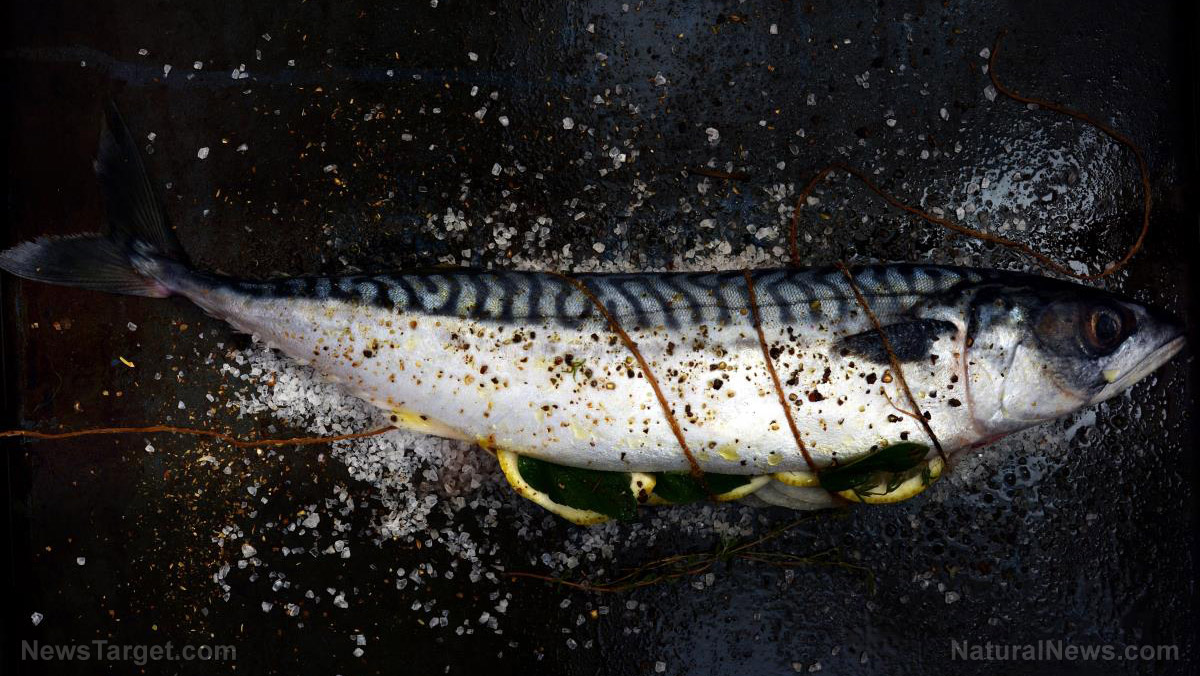
The man's wife then recalled that during their Alaskan cruise, her husband ate nothing but halibut, lingcod, and salmon shark for most of their meals. She also mentioned, in an article in the Daily Mail, that he had never eaten that much fish in such a short amount of time. Doctors began a series of tests to determine if the man suffered from mercury poisoning. The tests showed that his blood contained 35 nanograms per milliliter (ng/mL) of mercury, which is relatively high compared to the normal level of 10 ng/mL. After being confined in the hospital for a total of four days, the symptoms experienced by the man gradually disappeared. He made a complete recovery, and his mercury level returned to a normal 9.2 ng/mL after one month.
What is mercury poisoning?
What exactly is mercury poisoning, and how does it affect the body? Mercury poisoning happens when a person is exposed to too much mercury from either the environment or through certain foods. In the case of the man, eating fish that are high in mercury was the main cause. In fact, the consumption of seafood tainted with mercury is the most common way people are exposed to this poisonous metal.
But why is mercury so prevalent in seafood? When mercury dissolves in water, it turns to methylmercury, a form that is easily absorbed by all marine creatures. Small sea creatures on the bottom of the food chain – such as shrimp – ingest methylmercury on a daily basis. These shrimps are consumed by other fish, and the cycle continues all the way to the top of the food chain. This is why a large fish will contain more methylmercury in its body compared to a smaller one.
Some symptoms of mercury poisoning include:
- Muscle weakness
- Pins and needles
- Poor speech and peripheral vision
- Trouble hearing and balance
- Difficulty breathing
- Memory problems
- Physical tremors
- Nausea and vomiting
- Uncontrollable shaking
- Pain in various parts of the skin
- Double vision
- Blindness
- Seizures
- Numbness
Currently, there is no effective cure for mercury poisoning, and the only way to prevent it is to watch the quantity and quality of fish you eat. The Alaskan Government uses a point system for the different portions of various fish where anything over 12 points is considered dangerous. For instance, a single serving of halibut, salmon shark, or lingcod contains 18 to 30 points, which already exceeds the 12-point threshold and should, therefore, be avoided. The Food and Drug Administration (FDA) also sites other high-mercury fish that should be avoided, including marlin, grouper, king mackerel, shark, tilefish, and Chilean sea bass, to name a few.
Get the most out of your fish – while avoiding mercury toxicity
It may seem that the most effective way of preventing mercury poisoning is to avoid eating fish altogether. The problem is, these fish are also high in omega-3 DHA (docosahexaenoic) fatty acid, which is important for pregnant women, as well as infants and children. However, fish is not the only natural source of omega-3 fatty acids. Flaxseeds, chia seeds, and walnuts are foods also rich in omega-3s and can be safer options.
The FDA continuously tests various seafood and keeps those with high levels of mercury from reaching consumer markets. This helps minimize your risk of getting mercury poisoning, but if you regularly eat fish in large quantities, you should be particularly wary about the species of fish you are buying. Less can sometimes be good. (Related: Are you poisoning yourself with the fish you're eating?)
The National Resource Defense Council compiled a list of seafood that has a relatively low amount of mercury. These include:
- Anchovies
- Butterfish
- Flounder
- Herring
- Atlantic haddock
- Hake
- Catfish
- Clams
- Crawfish
- Atlantic croaker
- Domestic crab
- North Atlantic mackerel
- Oysters
- Mullet
- Ocean perch
- Pollock
- Plaice
- Fresh and canned salmon
- Sardines
- Scallops
- Shrimps
- American shad
- Pacific sole
- Squid or calamari
- Whitefish
- Tilapia
- Freshwater trout
The consumption of any freshwater fish not on the safe list above should be limited to 170 grams (6 ounces) a week and 28 to 85 grams (one to three ounces) a week for children. Once you meet these limits, eating fish for the rest of the week should be avoided to reduce your chances of long-term neurological damages.
High levels of mercury are extremely toxic to humans and should be avoided at all costs. Changes in your diet can help reduce the amount of mercury in your body, and if you're experiencing symptoms of mercury poisoning, you should see your healthcare provider for immediate treatment.
Learn more about the dangers of mercury poisoning at MercuryScienceNews.com
Sources Include:
Please contact us for more information.






















